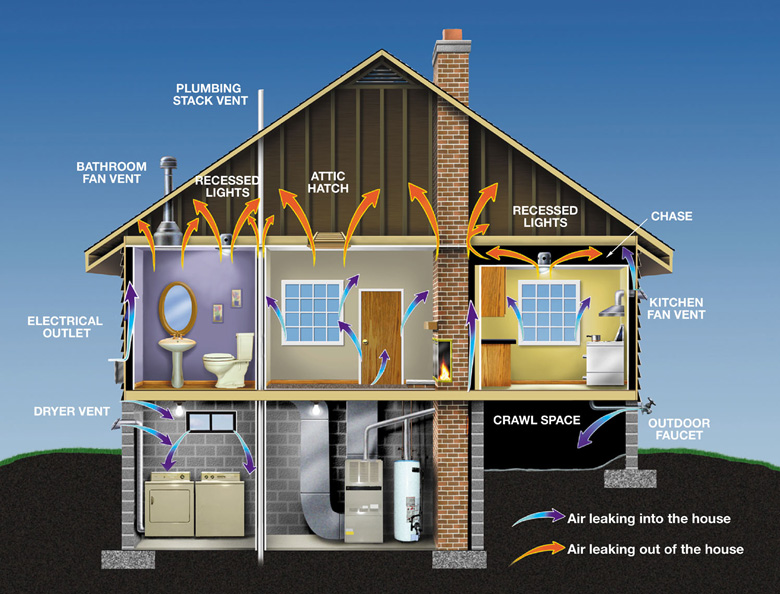Tech Versum: Explore the Future of Technology
Dive into the latest trends and innovations in technology with Tech Versum.
Insulation: The Cozy Secret Your Home Needs
Discover how insulation can transform your home into a cozy sanctuary and cut energy costs—uncover the secret today!
Why Insulation is Essential for a Cozy Home
Insulation plays a crucial role in creating a cozy atmosphere within your home. By reducing heat loss during the winter and keeping your living spaces cool in the summer, insulation helps maintain a consistent indoor temperature. This not only enhances your comfort but also leads to significant energy savings. The Energy Information Administration estimates that heating and cooling account for about 48% of the energy use in a typical U.S. home. By investing in quality insulation, homeowners can effectively lower their energy bills while enjoying a more pleasant living environment.
Moreover, proper insulation contributes to noise reduction, providing a serene sanctuary from the hustle and bustle of everyday life. It acts as a barrier, absorbing sound and minimizing disruptions from the outside world. This is especially beneficial for homeowners living in busy areas or near high-traffic roads. In addition to comfort and noise control, insulated homes also have a lower environmental impact as they consume less energy, making insulation not just a practical choice, but a responsible one as well.

The Different Types of Insulation: Which One is Right for You?
When it comes to choosing the right insulation for your home, understanding the different types available is crucial. Insulation can be categorized into several types, including fiberglass, foam board, spray foam, cellulose, and mineral wool. Each type has its own unique properties, benefits, and applications. For example, fiberglass insulation is widely used due to its affordability and effectiveness in thermal resistance. On the other hand, spray foam insulation provides an excellent air barrier and can expand to fill gaps, making it a great option for hard-to-reach areas.
Here are some factors to consider when selecting the right insulation type for your needs:
- R-value: This measures the insulation's thermal resistance. The higher the R-value, the better the insulation's ability to resist heat flow.
- Moisture resistance: Consider how well the insulation will withstand humidity and moisture, particularly in basements or attics.
- Installation process: Some types of insulation require professional installation while others can be a DIY project.
Your choice will depend on your specific climate, budget, and the part of your home you are insulating.
How Insulation Can Save You Money on Energy Bills
Proper insulation is a crucial component of a well-functioning home, and it can significantly reduce energy bills. By minimizing the transfer of heat between the interior and exterior of your home, insulation creates an energy-efficient barrier. During winter, high-quality insulation keeps warm air from escaping, while in summer, it prevents hot air from entering. This reduces the workload on your heating and cooling systems, leading to decreased energy consumption and ultimately, lower utility bills.
Furthermore, investing in insulation can yield long-term financial benefits. According to the U.S. Department of Energy, homeowners can save up to 20% on heating and cooling costs simply by ensuring their homes are properly insulated. With various types of insulation available, such as fiberglass, foam board, and spray foam, homeowners can choose the right solution for their specific needs. In addition to saving money, increased insulation can enhance comfort levels and improve indoor air quality, making it a smart choice for any homeowner.